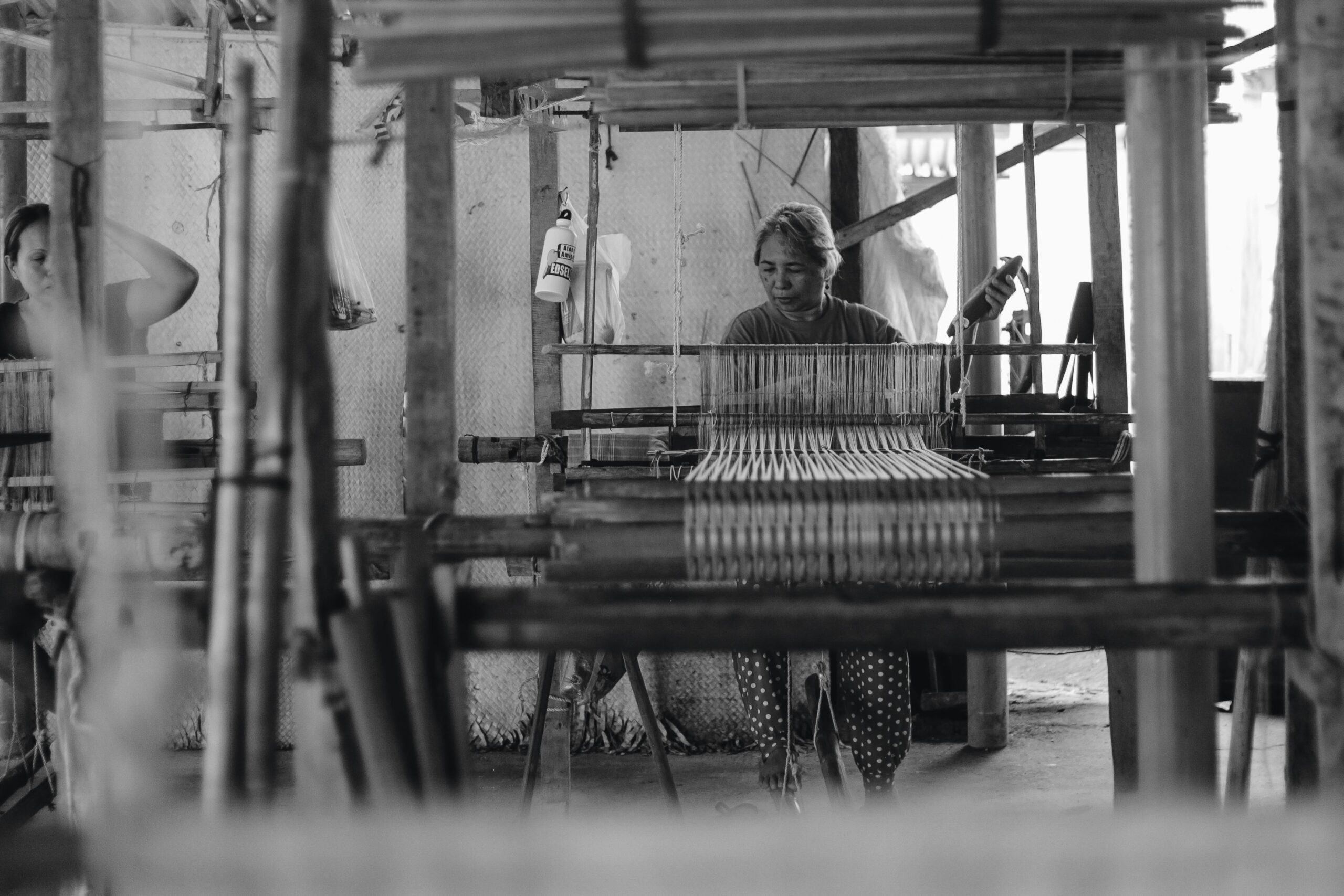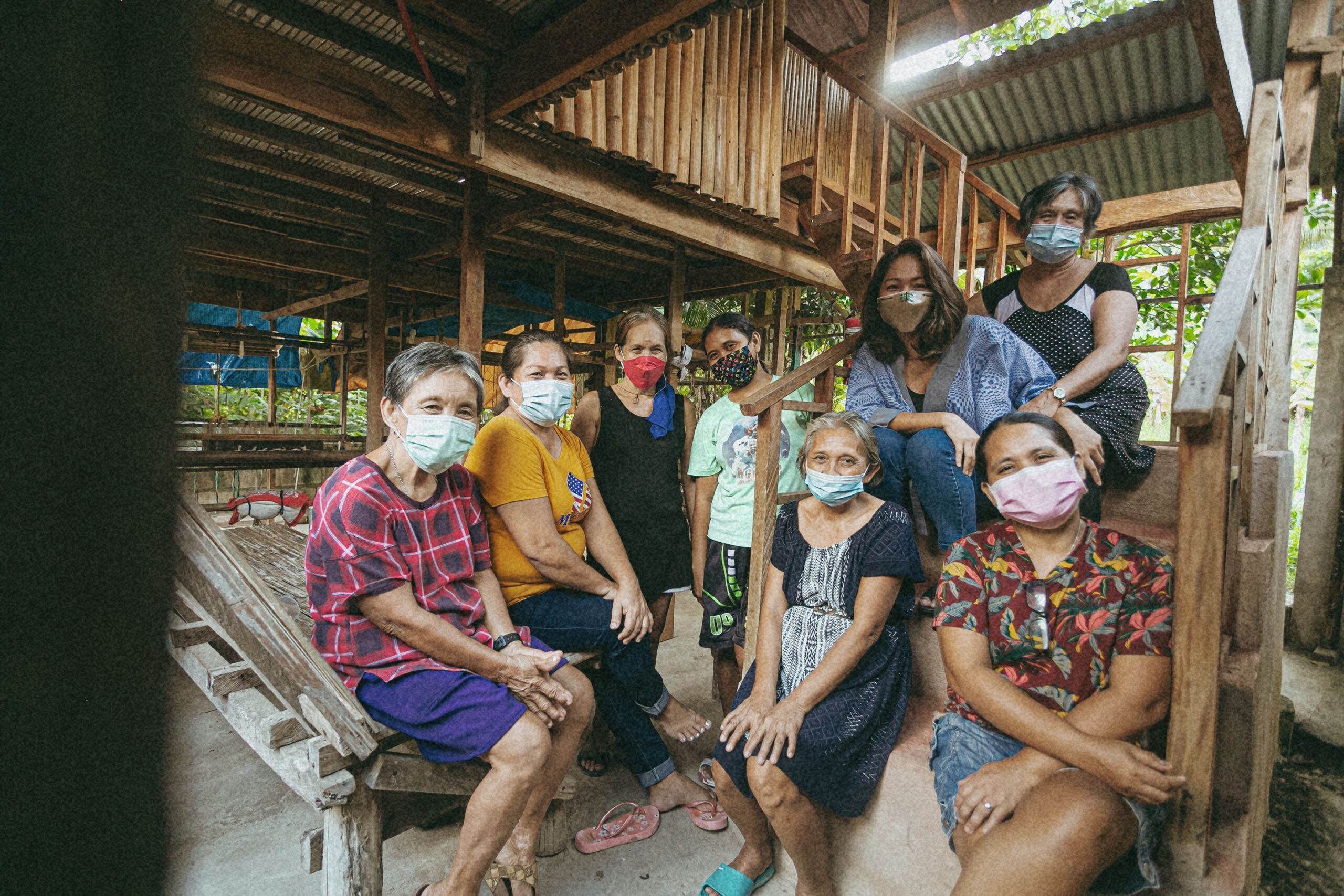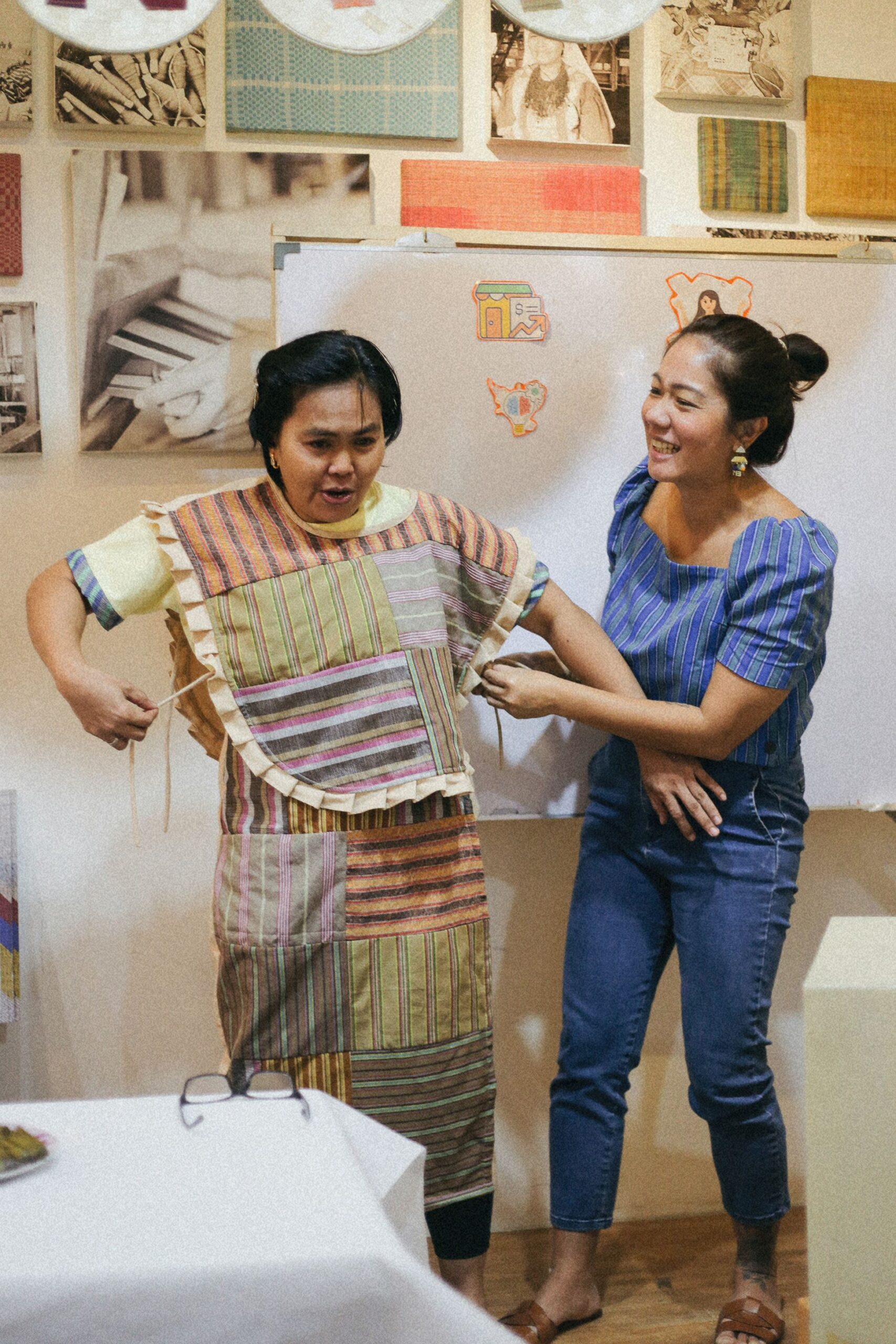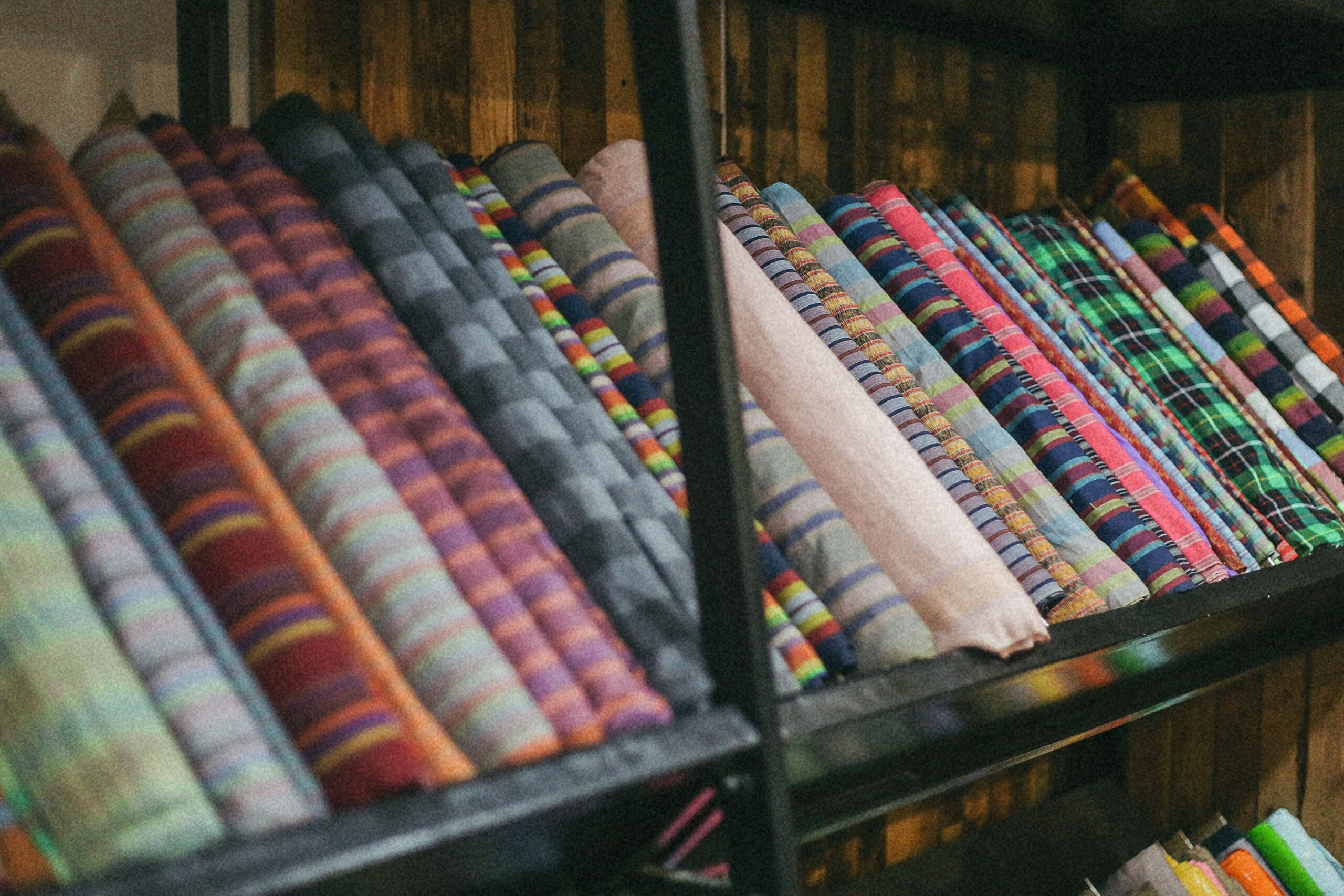Through ANTHILL, Anya Lim helps transform a story of loss to something that keeps on giving.
This is an excerpt from Lifestyle Asia’s October issue.
The moment I set foot in Tam-An Village of Ifugao Province, the characters in my bedtime stories came to life. Long before it became a popular tourist spot, it was a thriving village of artisanal families celebrating their way of life through weaving, wood carving, jewelry making, and brass casting.
While others grew up with Disney Princesses, my bedtime stories were about an indigenous T’boli Princess and the many indigenous groups in the Philippines. My mother would put me to sleep while reminiscing about her life as a volunteer on a mission immersed in indigenous communities.
READ ALSO: Weaving Dreams: This Crowdfunding Campaign Is Keeping The ‘Bayanihan’ Spirit Alive
This piqued my curiosity to learn about the Igorots, Ifugaos, Maranaos, Kalingas, Manobos, Mangyans, and many more. How different we all are and yet how we are one and the same—we are all Filipinos. At 13, visiting this rural village was my version of Disneyland. My dream came to life and something in me felt alive.

My pursuit to seek awe led me to return to the village eight years after only to find a ghost town. Everyone turned to become tour guides for immediate income. An elderly artisan shared that they only knew how to barter, they did not know how to do business. This heartbreaking reality pushed me to explore more indigenous and weaving communities across the Philippines hoping to revive what was lost.
The hard truth remained in every village I visited. Weaving was a dying tradition with the younger generation showing little interest in learning this intergenerational craft. They have migrated to the cities seeking greener pastures as weaving does not put food on the table.
WEAVING DREAMS

With threads of enthusiasm, I humbly went back to my mother to start weaving a shared dream that led us to build ANTHILL—an Alternative Nest and Trading/Training Hub for Indigenous/Ingenious Little Livelihood seekers. We were on a mission to find creative and innovative ways not just to support livelihood, but to sustain economic opportunities in a manner that would preserve tradition and make our Philippine weaves a staple in fashion.
In ANTHILL, we are in the business of value creation. We are highly invested in the equal growth of our partners and stakeholders. To ensure sustainability, we build the entrepreneurial capacity of partner artisan communities through our Community Enterprise Development Program. By transferring business skills and helping professionalize supply chains, communities can become self-reliant and expand to bigger markets.

Powered by 98% women, we now work with 30 artisan communities serving about 1000 artisans from Luzon, Visayas to Mindanao representing rural, indigenous, and urban communities.
WEAR YOUR TRIBE. WEAR YOUR PRIDE.
“Wear your tribe. Wear with pride” weaves our shared story, and cultivates our interconnectedness. We sparked a global movement that celebrates our identity honoring what our ancestors considered our “second skin”—our heart-woven cloth. Through contemporary designs, it became stylish to wear weaves without looking like a table runner.

We have moved beyond limiting hand-loomed textiles to homewares or special occasion “costumes” when culture is not a costume. Weave-wearing has become a form of representation and protection, a way to decolonize, reclaim Filipino culture, and heal intergenerational trauma. With our vision of having every Filipino have a weave in their closet, we have gained Proud Weave Wearers.
Not just among retail customers but also showcase weaves in the uniforms among hospitality partners like Bo’s Coffee and Ascott Makati, and in graduation sashes of schools like De La Salle Zobel, Raya School among others. There is now a growing genuine desire to return to our roots, to our Motherland—pagbabalikbayan. To our community, proud weave-wearing declares, “This is us. This is my tribe and I belong here.”
Read more by purchasing a copy of the Lifestyle Asia October 2023 magazine via SariSari.shopping or select newsstands in National Bookstore and Fully Booked. Subscribe to the E-Magazine via Readly, Magzter, and Press Reader.
Photos by Anya Lim.





